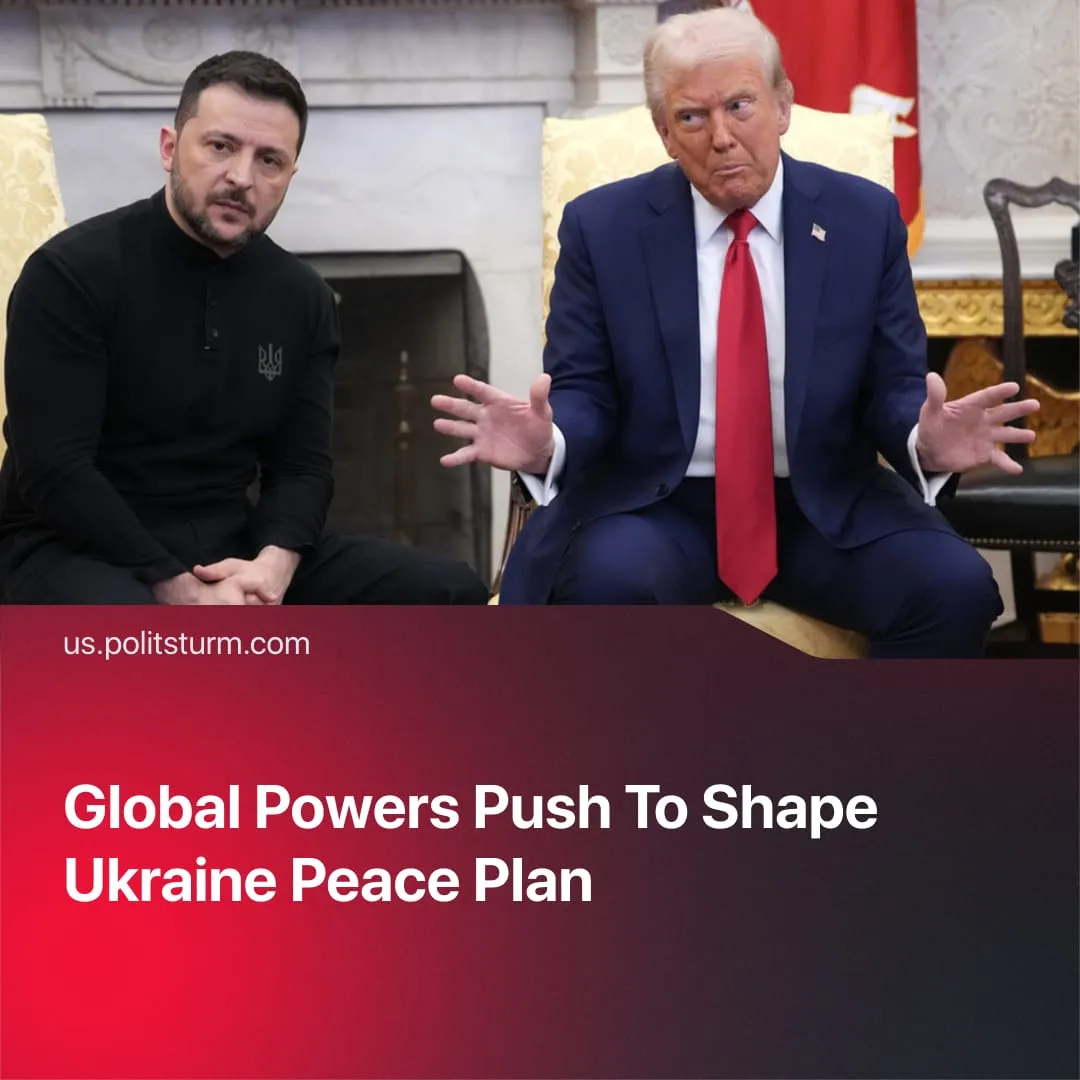Global powers are vying to shape the outcome of the SMO after the US pushed a new peace plan.
Details. Active negotiations continue on Trump's "28-point" plan, drafted by Secretary of State Rubio and Special Envoy Witkoff. Trump initially gave Ukraine until Thursday to accept, threatening to withdraw military and intelligence support, but indicated the deadline could be extended and emphasised the proposal is not final.
► The original plan recognised Crimea, Donetsk, and Luhansk as Russian, froze the front line, and required Ukrainian withdrawal from Donetsk. It cut Ukraine’s army to 600,000, restricted missiles, and demanded permanent abandonment of NATO membership. In exchange, the US offered security guarantees, access to frozen Russian assets for reconstruction, an amnesty, a prisoner swap, Ukrainian elections within 100 days, and a Trump-led “Peace Council.” Some points focused on reintegrating Russia into Atlanticist markets and the G8.
► Confusion surrounds the “security guarantees.” Witkoff claims they approach Article-5-level protection, yet the text contains conditions that could void them entirely. European and Ukrainian officials describe the guarantees as weak, vague, and internally contradictory. Statements from Putin and Witkoff have deepened the uncertainty, even as Putin signals willingness to accept Article-5-style obligations to Ukraine.
► Ukraine denounced the plan as capitulation, while European governments were angered at being excluded and claimed it “threatened their security” – though they later said they were in productive talks with Washington and were submitting their own amendments.
► On Monday, Xi and Trump held a “very good” phone call on Ukraine and other issues, appearing to signal approval for peace. The Kremlin remained on hold, stating they had not yet seen the amended version and wished for the negotiations to remain secret.
Context. Negotiations had previously stalled as Putin hardened his position after the SCO summit with China. There, he claimed the crisis was caused by the West’s attempts to pull Ukraine into NATO. Several factors, however, pushed all sides back to the negotiating table.
► The SMO has severely weakened the Russian economy. Exports have fallen, and China has exploited this to increase Russian dependence and exploit it for cheap resources.
► Meanwhile, the European Union has used the conflict to justify remilitarisation and to advance its own imperialist interests by deepening Ukraine’s dependence.
► America has sought to pause secondary conflicts, creating a brief window to rearm and prepare for a potential confrontation with its main imperialist rival, China. The original peace plan also aimed to reintegrate Russia into Atlanticist trade, potentially making it neutral or favourable to the West.
► A recent corruption scandal has damaged Zelensky’s reputation, undermining foreign support and weakening his capacity to negotiate.
► At the October Trump-Xi meeting in South Korea, Trump may have concluded secret agreements with Xi on Ukraine’s outcome, noting that they had discussed Ukraine “for a long time.”


